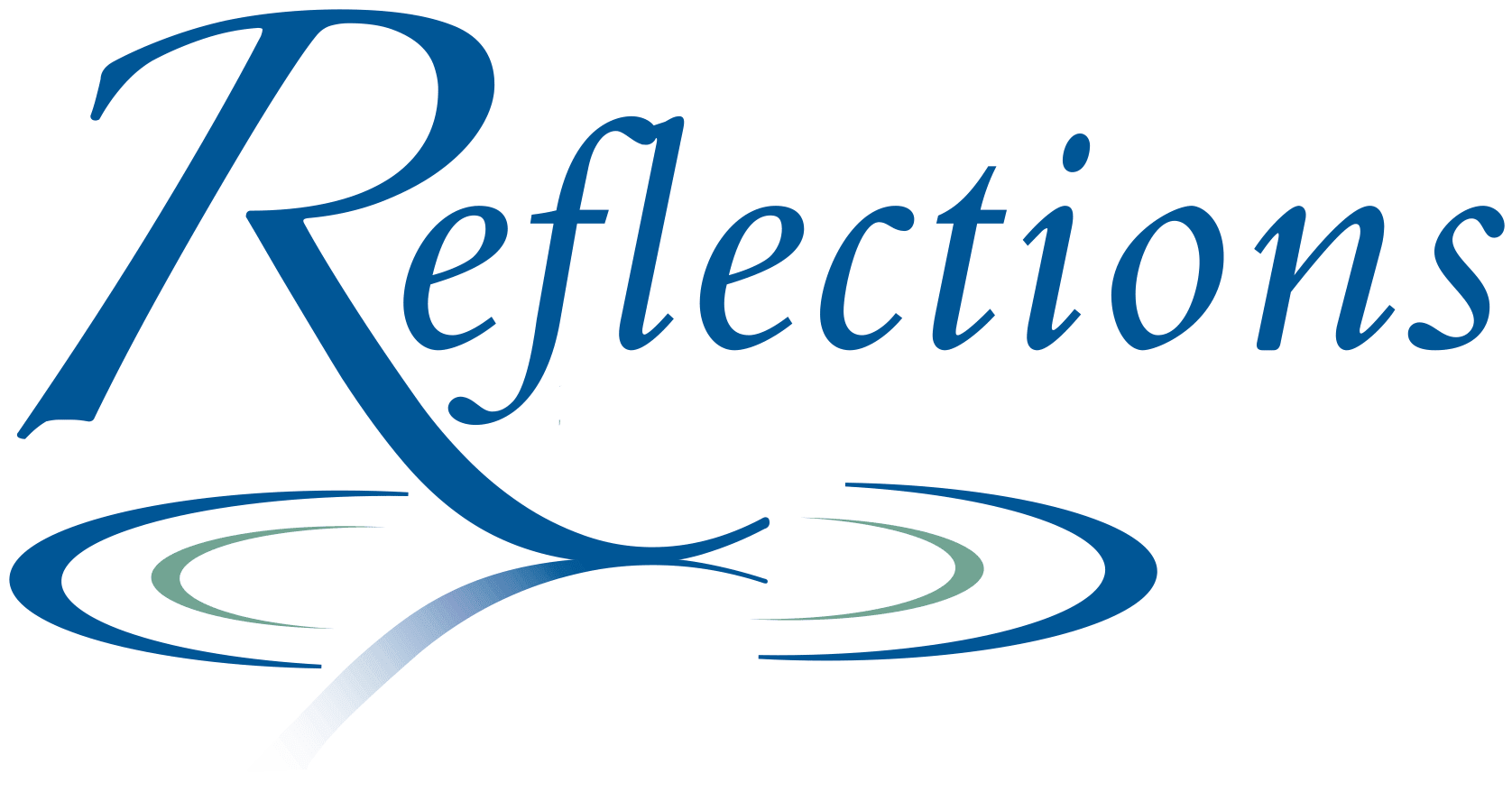Sparrows, although often appealing with their tiny dimensions and lively manner but they can also be significant pests when they take over your property. Their adaptability can lead to an infestation that could cause numerous problems, including property damage and health risks. To ensure a clean and healthy living space, it’s crucial that you know how to take care of and get rid of sparrows.

Learning to Understand the Sparrow Problem
Before we talk about how to get rid sparrow birds we must first know why they are a problem. House sparrows in particular are known for their capacity to adjust and flourish in urban settings. Nests are generally placed in a difficult-to-access area such as on shutters of houses as well as drainage pipes roofers, rafters and corrugated siding. Their nests can trigger serious issues, such as damage to machinery and risks of fire from hot metallic equipment. Sparrow droppings can also be a source of harmful fungi, bacteria and ectoparasites that could cause serious health issues such as histoplasmosis and salmonella. It is essential to know how to eradicate sparrows swiftly and address sparrow infestations.
How to get rid of Sparrows: Practical Methods
Physical Barriers: One of the most effective methods for how to get rid of house sparrows is by installing physical barriers. You can block nesting spaces such as vents, rafters and eaves using mesh screens or bird nets. This will block house sparrows accessing the areas and decrease the chances of building nests.
Repellents/Deterrents: There’s a myriad of repellents and deterrents that can keep sparrows away from your property. Reflective surfaces like aluminum foil strips or reflective mirrors can be effective in keeping away sparrows. Ultrasonic repellents also emit sounds that are uncomfortable for birds but not audible to people. These devices are able to keep sparrows in check but without harming them.
Traps and Removal: in situations of severe infestation traps can be a useful device for capturing and taking away sparrows. Live traps, specially made for sparrows, are able to capture the birds humanely. Once captured, sparrows need to be removed from the area. When using traps, it is crucial to follow the local wildlife laws.
Professional Services: You might want to consider hiring a professional pest management service if you have a significant infestation, or nesting areas that are difficult to manage. Experts in bird control will analyze the situation, apply sophisticated removal methods, and offer long-term solutions that are tailored to the specific requirements of your.
Controlling Sparrow Nests Strategies to manage Sparrow Nests
Regular maintenance and inspections Check any potential nesting sites within your home including vents and gutters. Immediately removing nests when they are found can help sparrows establish a strong presence. However, be cautious when handling nests since they could contain diseases.
Cleaning and Sanitizing After removing the nests of sparrows Clean and disinfect thoroughly to eliminate any nesting materials or droppings. This helps eliminate germs and also prevents sparrows from returning. Use the appropriate cleaning agent and wear protective gear to protect yourself from harmful pathogens.
Prevention and repair: After nests are removed, repair all damage caused by sparrows. Every entry point should be sealed to keep sparrows out. You can consider bird-proofing techniques such as spikes and barriers to stop nesting.
Making changes to the surrounding environment of your property will reduce the appeal of sparrows. The trimming of trees and bushes near your home may reduce nesting opportunities. Also, eliminating food sources, such as trash left out in the open or pet food, could deter the sparrows.
We also have a conclusion.
A combination of active and preventive controls is essential to control the populations of sparrows effectively. Finding out how to eradicate the sparrows is vital. Employing repellents, setting up physical barriers and seeking professional assistance when required will enable you to effectively address sparrow invasions. Controlling nests of sparrows through regular inspections and cleaning and habitat modifications will ensure a comprehensive approach to keep these birds out. Implementing these measures will assist in keeping a safe healthy, and clean environment.
